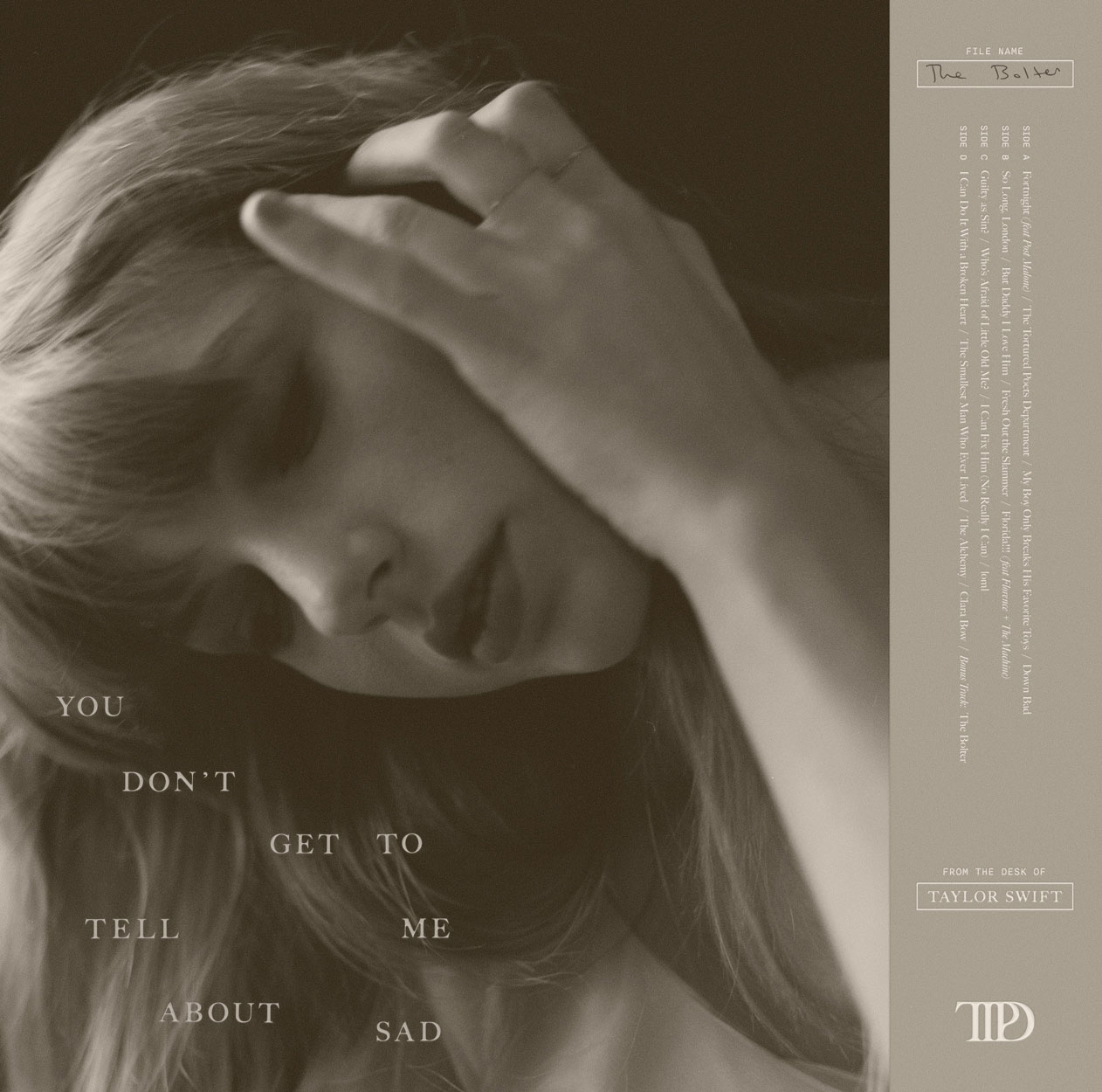Step into the Tortured Poets Department, where we unveil the tormented souls who have poured their pain and anguish into words that have shaped literature. From the depths of their despair, these poets have crafted masterpieces that resonate with the human condition, leaving an indelible mark on the literary landscape.
Their tormented nature, fueled by psychological turmoil and mental anguish, has given birth to profound and evocative works that explore the complexities of the human psyche. Join us as we delve into the minds of these tortured poets, uncovering the themes, motifs, and impact of their extraordinary contributions.
Tortured Poets: Tortured Poets Department
Tortured poets are literary figures known for their intense emotional suffering and personal struggles, which often find expression in their writing. These poets often explore themes of love, loss, alienation, and despair, and their work is characterized by its raw emotionality, confessional nature, and use of vivid imagery.
Taylor Swift has joined the tortured poets department , a vinyl-only club for artists who have poured their hearts and souls into their music. The club is a celebration of the power of music to heal and inspire, and Swift is a perfect fit.
Her music has helped countless people through tough times, and she is a true example of the power of art.
Historical Examples of Tortured Poets
Throughout history, there have been numerous poets who have been labeled as “tortured.” Some of the most famous examples include:
- Sylvia Plath: An American poet known for her confessional style and exploration of dark themes such as suicide and mental illness.
- Edgar Allan Poe: An American poet and writer known for his tales of mystery and the macabre, which often reflected his own personal struggles with addiction and depression.
- Anne Sexton: An American poet known for her raw and honest exploration of female sexuality and mental health.
- John Keats: An English poet known for his Romantic verse, which often expressed his own struggles with illness and mortality.
- Lord Byron: An English poet known for his Romantic verse, which often reflected his own rebellious nature and personal scandals.
These poets have left behind a significant body of work that continues to resonate with readers today, offering a glimpse into the depths of human suffering and the power of art to express it.
The Psychology of Tortured Poets
The tortured nature of some poets has been a subject of fascination and speculation for centuries. While there is no single explanation for why some poets experience such intense emotional pain, there are a number of psychological factors that are believed to contribute to this phenomenon.
One of the most common psychological factors associated with tortured poets is a heightened sensitivity to the world around them. These poets are often deeply affected by the beauty and the ugliness of life, and they may experience intense emotions in response to even the most mundane events.
Another common psychological factor associated with tortured poets is a tendency to withdraw from the world. These poets may feel isolated and alone, and they may find it difficult to connect with others. This isolation can lead to a sense of alienation and despair, which can further fuel their creative expression.
The Relationship Between Mental Anguish and Creative Expression
The relationship between mental anguish and creative expression is a complex one. Some poets find that their pain fuels their creativity, while others find that it stifles it. However, there is no doubt that mental anguish can have a profound impact on the creative process.
For some poets, mental anguish can provide a source of inspiration. These poets may find that their pain helps them to see the world in a new way, and it may give them a unique perspective on the human condition.
This perspective can be reflected in their work, which may be both deeply moving and insightful.
For other poets, mental anguish can be a source of torment. These poets may find that their pain makes it difficult to concentrate or to write. They may also find that their work is filled with darkness and despair.
Ultimately, the relationship between mental anguish and creative expression is a personal one. There is no right or wrong answer, and each poet must find their own way to deal with their pain.
In the literary world, there’s a special place for those poets who seem to channel their pain and suffering into their art, often creating masterpieces of torment and beauty. The tortured poets department has seen its fair share of these troubled souls, who have left an indelible mark on the literary landscape with their raw and emotional verses.
Themes and Motifs in the Works of Tortured Poets
The works of tortured poets often grapple with profound themes and motifs that reflect their inner turmoil and existential struggles. These recurring elements serve as windows into the poets’ tormented minds, offering insights into their emotional anguish and search for meaning.
Theme of Isolation and Alienation
Tortured poets often express feelings of isolation and alienation from society. They perceive themselves as outsiders, misunderstood and disconnected from the world around them. This theme manifests in imagery of solitude, confinement, and estrangement.
Motif of Darkness and Despair
The works of tortured poets are often permeated by a sense of darkness and despair. They delve into the depths of human suffering, exploring themes of loss, pain, and the futility of existence. This motif is expressed through imagery of night, shadows, and the abyss.
Theme of Madness and Insanity
The tortured poet’s mind is often depicted as a battleground of conflicting emotions and irrational thoughts. They grapple with the boundaries of sanity, questioning their own perception of reality. This theme is reflected in imagery of hallucinations, delusions, and psychological torment.
The Impact of Tortured Poets on Literature

The tormented souls of tortured poets have left an indelible mark on the tapestry of literature. Their intense experiences and unique perspectives have shaped literary movements and styles, influencing generations of writers and readers alike.
One of the most profound impacts of tortured poets has been their role in the development of Romanticism. The Romantic era, characterized by its emphasis on emotion, imagination, and the individual, found a fertile ground in the works of tortured poets.
Their raw and unbridled expressions of passion, despair, and alienation resonated deeply with Romantic sensibilities.
Examples of Tortured Poets’ Influence, Tortured poets department
Examples of tortured poets who have significantly influenced literature include:
- Edgar Allan Poe: Poe’s macabre tales and haunting poems explored the dark recesses of the human psyche, influencing the development of Gothic literature and the horror genre.
- Sylvia Plath: Plath’s confessional poetry, characterized by its intense imagery and raw emotion, has had a profound impact on contemporary poetry and the exploration of mental illness in literature.
- Anne Sexton: Sexton’s powerful and unflinchingly honest poetry, which delved into themes of suicide, madness, and female sexuality, has challenged traditional literary norms and inspired countless writers.
Contemporary Tortured Poets

Contemporary poets continue to exhibit traits of tortured poets, expressing their anguish and despair through their works. They explore themes of alienation, loneliness, and the search for meaning in a chaotic world.
Common Traits
- Intense emotional experiences
- Exploration of dark and disturbing themes
- Use of vivid imagery and symbolism
- Challenging societal norms
Examples and Analysis
One contemporary tortured poet is Sylvia Plath, whose confessional poems explored themes of mental illness, suicide, and the complexities of female identity. Her work, such as “Daddy” and “Lady Lazarus,” reflects her own struggles with depression and the search for a sense of belonging.
Another example is Anne Sexton, whose poetry delved into topics of trauma, sexuality, and the female experience. Her raw and honest style, as seen in poems like “The Exorcism of Emily Dickinson” and “Transformations,” resonated with readers who identified with her struggles.
The Legacy of Tortured Poets

Tortured poets have left an enduring legacy in the world of literature, their works continuing to resonate with readers today. Their unique experiences and perspectives have contributed significantly to the development of literary genres and themes.Their struggles with mental anguish and emotional turmoil have allowed them to explore the depths of human suffering and resilience, offering insights into the complexities of the human condition.
Their ability to transform their pain into art has given voice to the voiceless and provided solace to those who have endured similar experiences.
The Enduring Impact of Tortured Poets
Tortured poets have left a lasting impact on literature through their innovative use of language and imagery. Their works are often characterized by a raw emotional intensity, vivid symbolism, and a willingness to delve into the darkest recesses of the human psyche.
This has influenced generations of writers and poets, inspiring them to explore their own emotions and experiences with greater depth and authenticity.
Ultimate Conclusion
The legacy of tortured poets continues to endure, their words echoing through time and reminding us of the power of art to transcend suffering. Their tormented souls have left an indelible imprint on literature, enriching our understanding of the human experience and inspiring generations of readers and writers alike.
FAQ Explained
What defines a “tortured poet”?
Tortured poets are characterized by their intense emotional suffering and mental anguish, which often manifests in their writing as themes of pain, loss, and despair.
How does mental anguish contribute to creativity?
While mental anguish can be a source of great pain, it can also fuel creative expression. The intensity of emotions experienced by tortured poets can lead to profound and evocative works that resonate deeply with readers.
What are some common themes found in the works of tortured poets?
Tortured poets often explore themes of love, loss, existential angst, and the search for meaning in a chaotic world.
How have tortured poets influenced literature?
Tortured poets have played a significant role in shaping literary movements and styles, from Romanticism to Modernism. Their works have challenged conventional norms, pushed boundaries, and expanded the possibilities of literary expression.